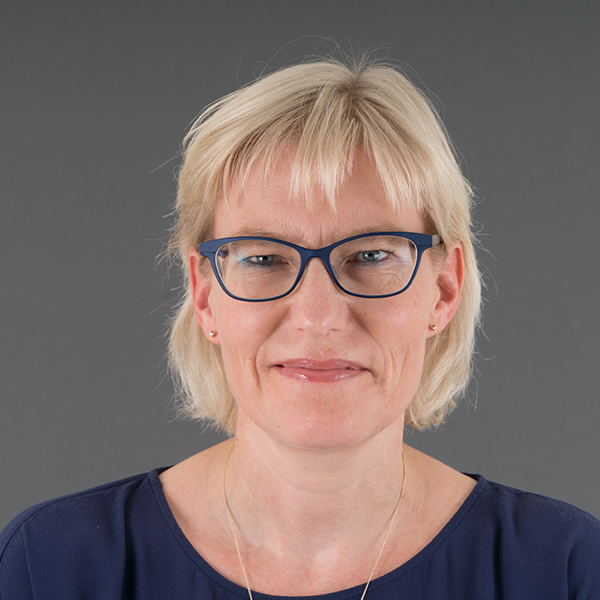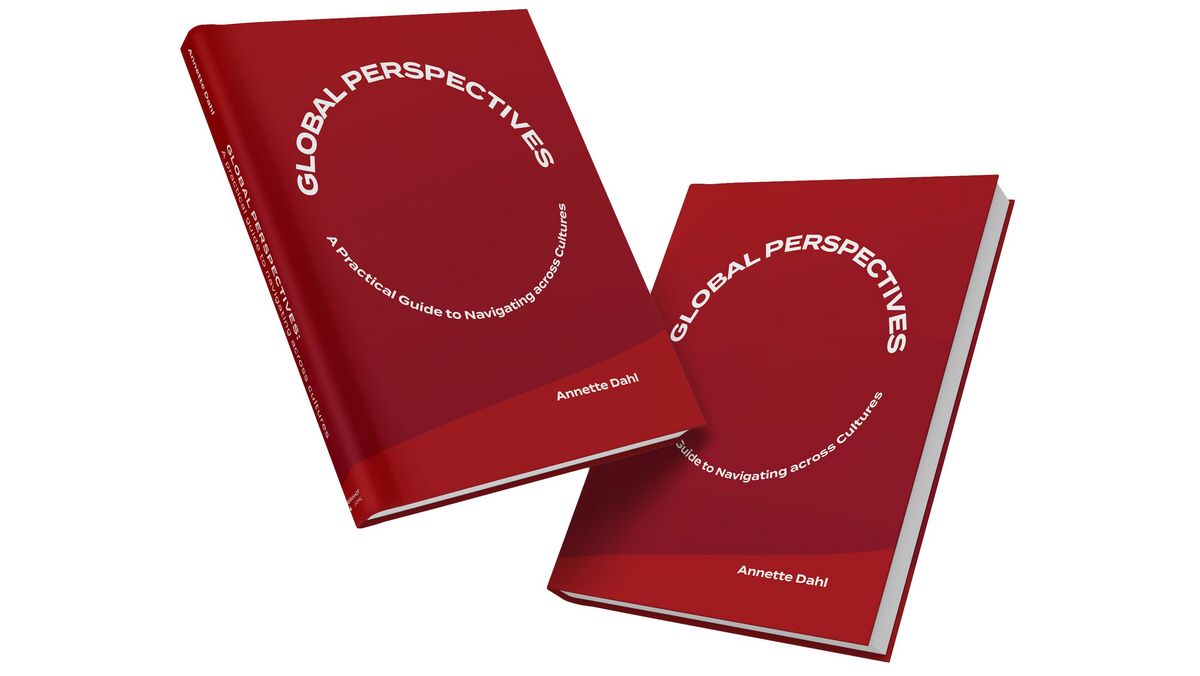How much of a Difference does Intercultural Coaching make in Practice? Thoughts from a Customer.
In 2015 we ran an 1:1 intercultural coaching process with Anne Katrine Windfeld of Grundfos, who was working on global projects with stakeholders in places like China, Hungary, and Denmark.
After each coaching session, Anne reflected on what she had learned and how she could use the new knowledge in her global project work.
Two years later, Anne had a new job as the manager of a department at Grundfos, but she was still using what she learned during the coaching process.
Throughout the process, Anne did everything she could to get the most out of her intercultural training:
- She thought about what type of cultural baggage she was bringing to the table
- She was curious and asked lots of questions
- She was brave and dared to do things differently
- She took time to reflect over what was happening, why it was happening, and what she could learn from it
We think Anne is really cool. She gave us permission to share some of her thoughts from 2015 and 2017 with you below.

It has been an incredibly positive experience.
I got off on the right foot with my team and with the individual team members. It’s amazing what you can achieve in a short period.
My greatest challenge is probably asking open questions and staying away from yes/no questions. And that has nothing to do with culture – mostly with my own habits.
I pay a lot of attention to it, but it’s still not something that comes easily for me.
For some team members, it’s very clear that they act differently in a large forum than they do when I’m speaking to them one on one. This indicates that they feel more secure when it’s just the two of us having a conversation = less risk.
I can see that sometimes I need to be very clear about what I would like them to do and also indicate (either directly or indirectly) that I will be the one taking the risk. That’s when things happen.
We had a workshop about what we had learned in one of the projects. During the morning, we had presentations from various areas and after lunch we were supposed to get some discussions started. We started with reflections on our own, followed by a presentation in plenum. We got a lot out of it in the sense that individuals took the ball and said what was on their minds. But there was no discussion.
Inspired by our first coaching session, I decided to change the format and plan discussions in smaller groups. Instead of 16 people together, we became 4 groups with 4 people apiece. It was mixed groups (Danish, Chinese, and Hungarian). That got the conversation going to the extent that it was almost hard to stop.
They were very open about discussing personal matters, stories, and that type of thing. I am curious by nature and always want to know more about the people I’m working with, and that was an advantage.
The challenge for me was that I normally have a hard time starting small talk unless I know people well. The three good questions you suggested (which part of the country are you from? / which generation do you belong to? / which university have you attended?) have really helped me get started chatting.
I haven’t yet been in a situation where I thought, “What’s going on here?” The tools you gave me really helped me understand.
Yours sincerely,
Anne Katrine Windfeld
Global Program Development Manager,
Grundfos
Reflections from 2017:
Two years ago I worked as a project manager, and now I’m working as a department head.
In the projects, one of the challenges was that I always needed to make sure to be aligned with the Chinese department head, since the employees listened to him more than they listened to me.
As the manager of a department, I have to be careful not to signal anything different from what the project leader is saying, since the employees listen more to me than to him.
It has been an interesting lesson to go from one role to the other.
I need to pay more attention to how I express myself when it comes to the Chinese employees than I do when I speak to the Danish employees.
The Danish employees give very direct feedback and aren’t afraid to let me know that they disagree with me. The Chinese employees will give me feedback when we have built up a good relationship and when we are in a one-to-one situation. (Less risk, and a “If you help me, I’ll help you” situation.)
Yours sincerely,
Anne Katrine Windfeld
Manager,
Grundfos

